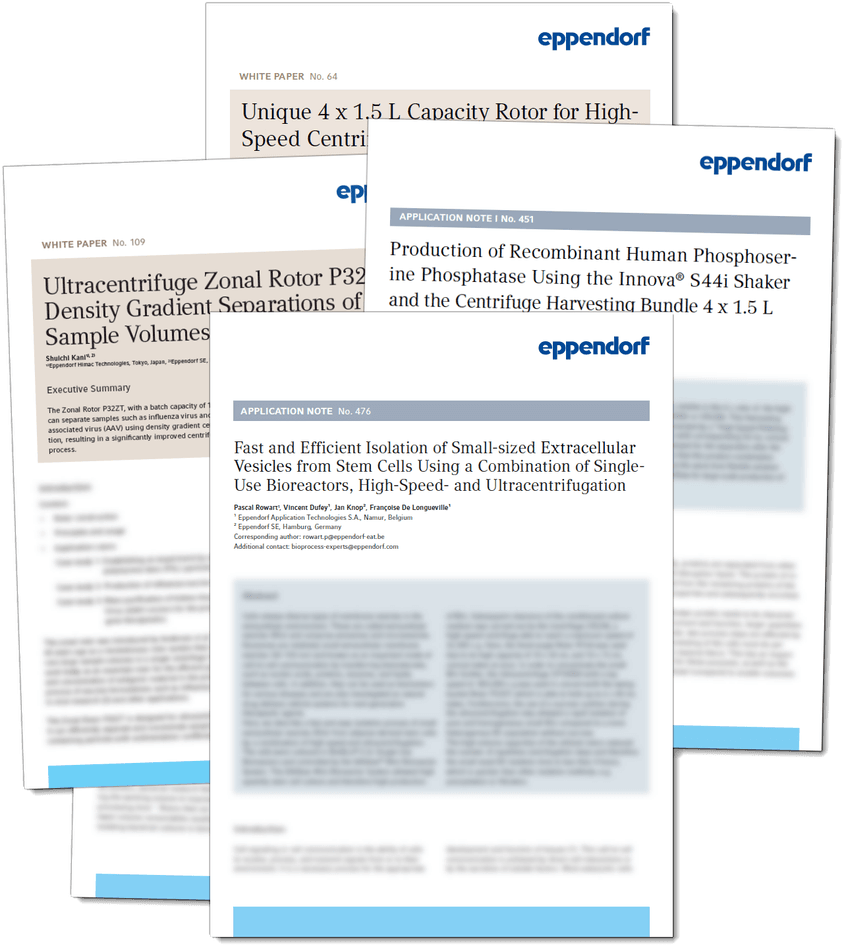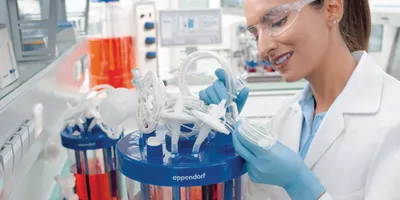As laboratories and production facilities transition from small-scale cultures to bioreactor volumes, centrifugation becomes a key factor in maintaining bioprocess integrity and throughput. Scale-up introduces new complexities around capacity limitations, labor efficiency, and precise separation performance. This resource collection provides valuable guidance on overcoming these hurdles to prevent yield loss or batch failure with demonstrated strategies for high-speed and ultracentrifugation.

The included application notes and whitepapers showcase advances in rotor design and bottle configurations that reduce total processing time without sacrificing quality. This includes guidance on how to improve yield consistency while reducing centrifugation steps, operator workload, and equipment wear. The collection also provides insight into workflows for pelleting bacterial cultures or CHO cells and isolating extracellular vesicles (EVs) from bioreactor-grown stem cells.
Ideal for lab managers, bioprocess engineers, and scale-up teams, this compendium equips you to make informed decisions around centrifuge configuration, batch planning, and downstream sample handling in high-volume environments.
Access the full collection now to learn:
- Best practices for harvesting large-volume cultures with minimal sample loss
- How zonal rotors work to improve large-batch separation of AAV using density gradient centrifugation
- Time-saving strategies in EV isolation using high-speed and ultracentrifugation
- Comparative data on CHO cell and bacterial pelleting across multiple bottle sizes and rotors
- How to reduce centrifugation steps with high-capacity rotors and 1.5 L bottle designs
- Considerations for rotor selection and lab layout in upstream and downstream workflows



